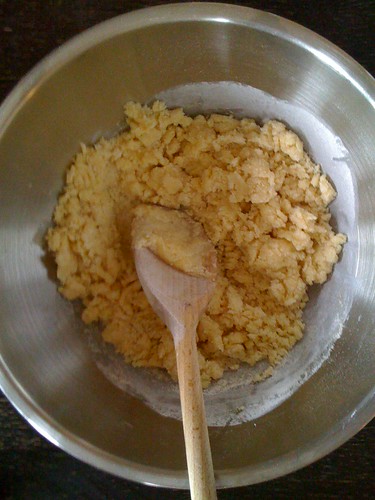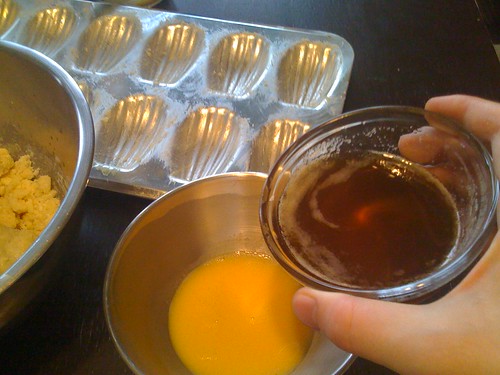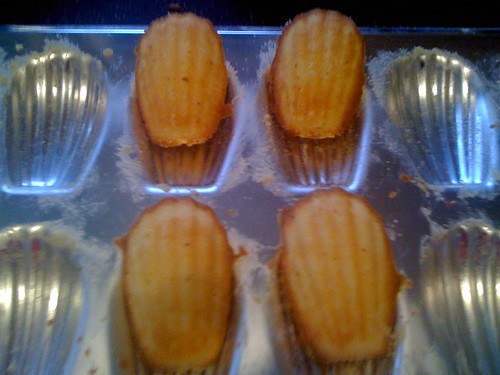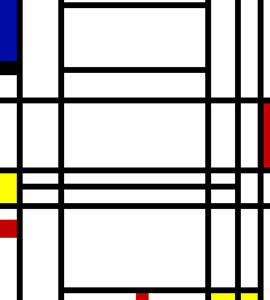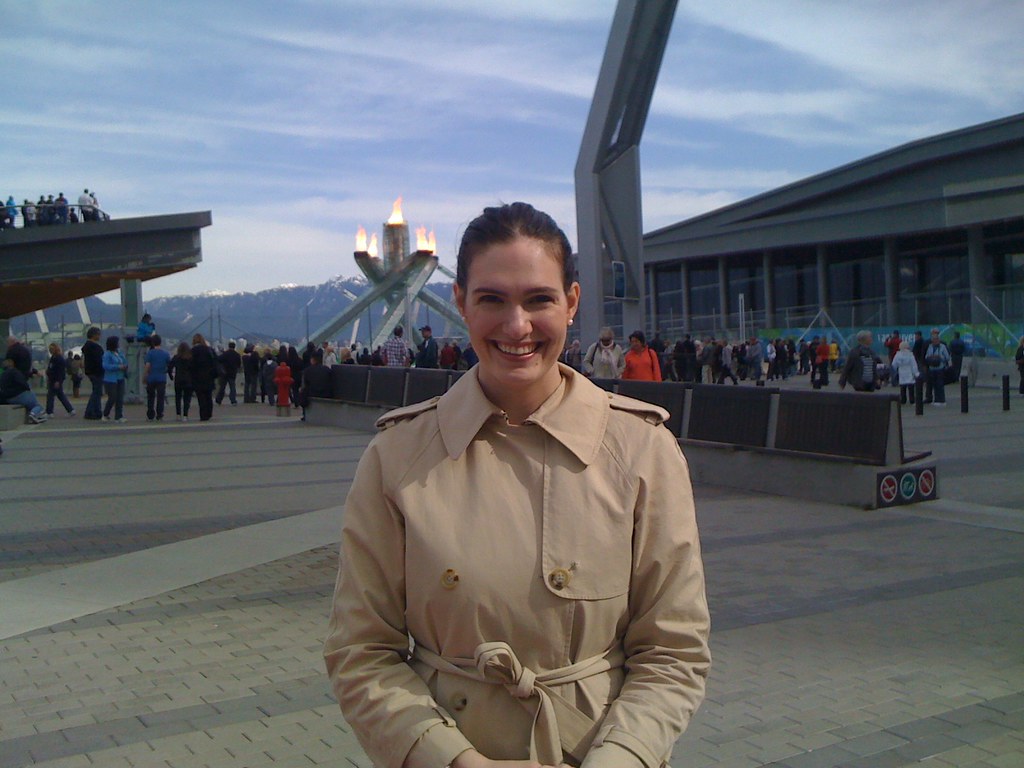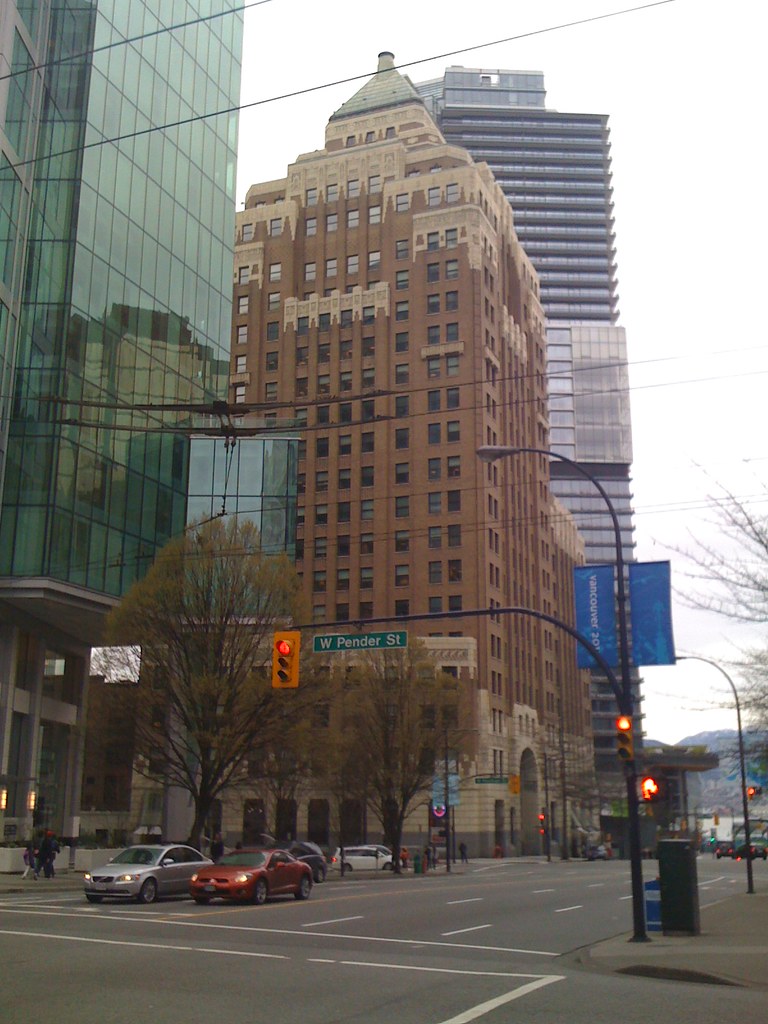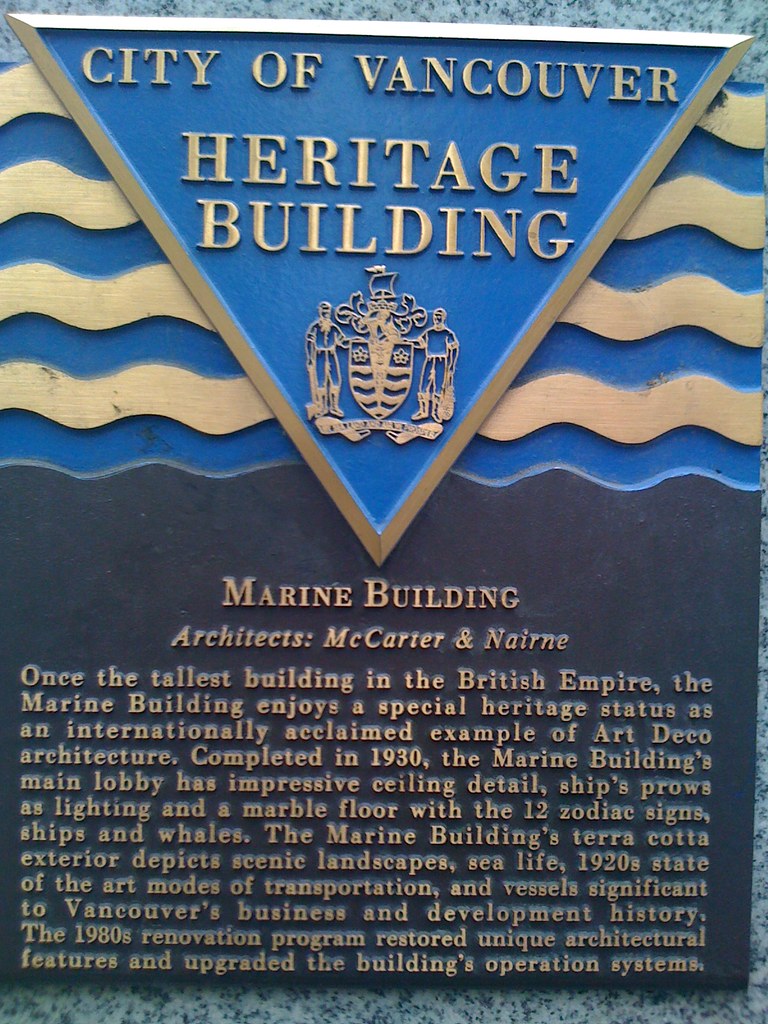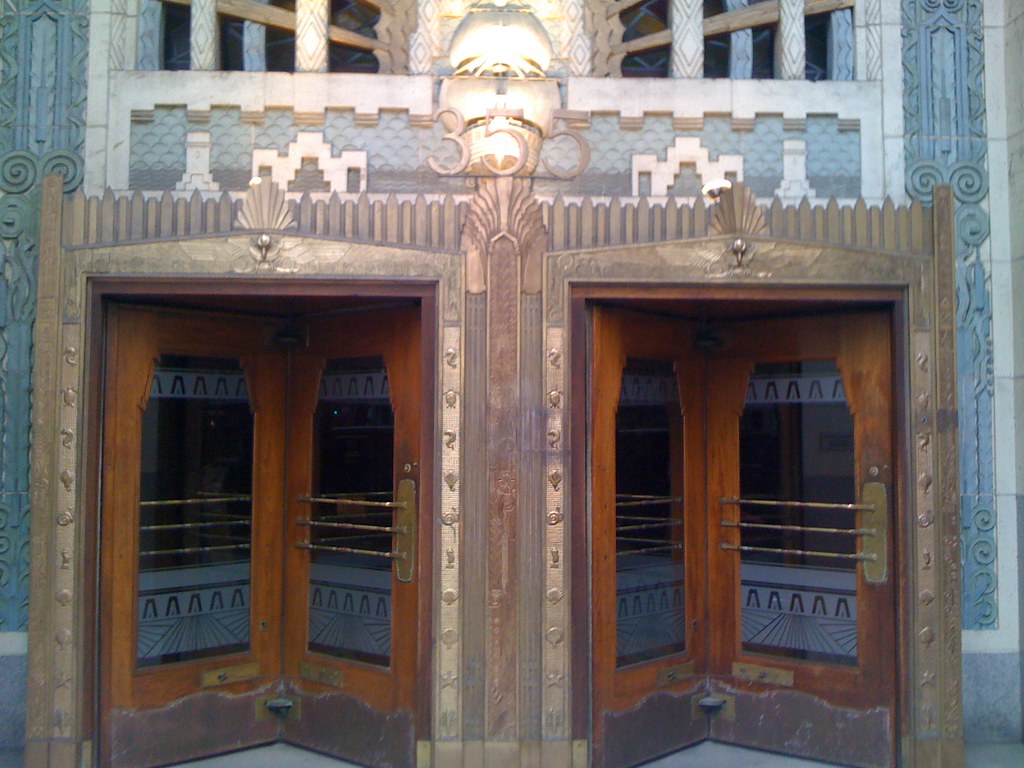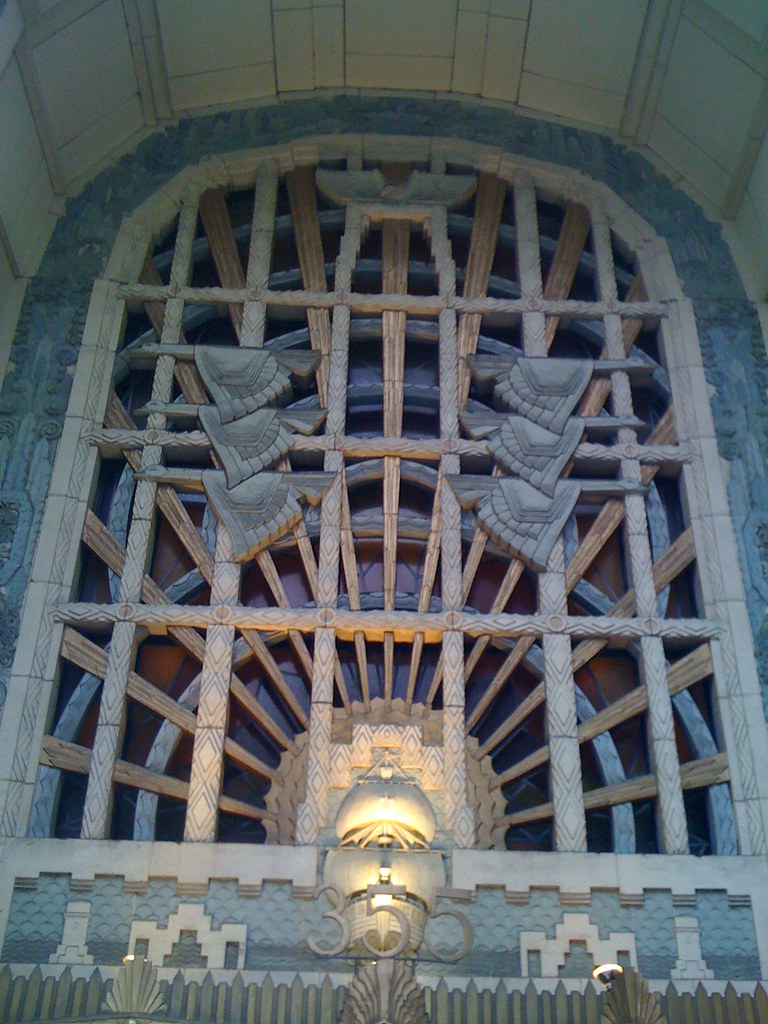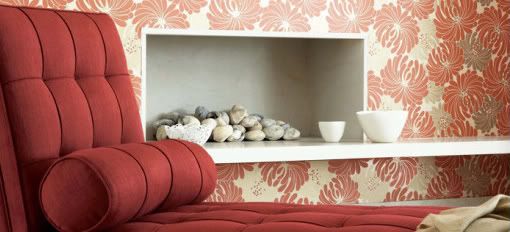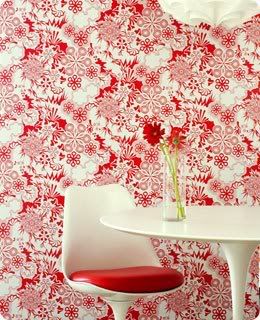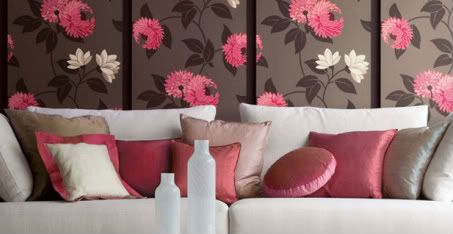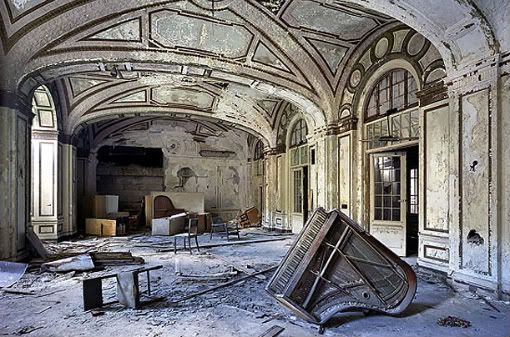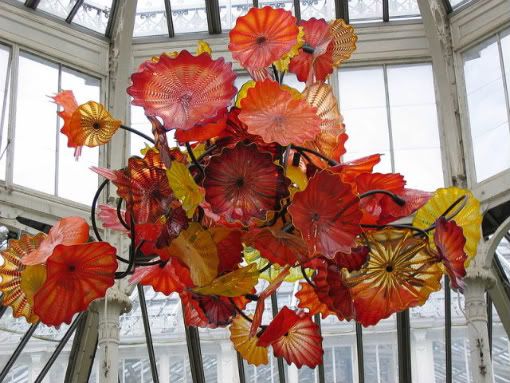Last year, philosopher Roger Scruton's did a televised essay for BBC Two entitled "Why Beauty Matters." In the program, Scruton lays waste to contemporary and modern art and architecture and the value system behind it. He argues that humans need beauty, that modern art is not beautiful and that a hasty return to classic aesthetic values is necessary if we are to save Western Civilization from perishing in a spiritual desert of ugliness.
In his documentary, Scruton uses extreme examples of shocking conceptual art, such as Sarah Lucas, Tracey Emin and Gilbert and George, to prove that modern art is ugly. He then goes on to blame their prominence in the art world on (among other things) democracy, popular culture and modernism (this seems faintly ridiculous, because, while there are a number of words one might choose to describe the work of Emin and her contemporaries, "popular" is not among them).
Scruton takes no prisoners in his critique of the aesthetic values of the modern world. And while he heaps plenty of contempt on contemporary art, he saves his most devastating critique for modern architecture, which he labels as "the greatest crime against beauty that the world has yet seen." He sneers at the phrase "form follows function," arguing that buildings created with an emphasis on utility soon become useless. He supports this statement with a walking tour of the graffiti covered modernist architecture. Scruton grew up near Reading, which once was "a charming Victorian town with terraced streets and Gothic churches." According to Scruton's account, the once-beautiful city was effectively defaced by the addition of some ugly modern buildings in the 1960s. He goes on to point to an abandoned building and remarks that it has been left empty because it is "damned ugly." I realize he is trying to prove a point, but isn't possible that there are some economic factors involved here as well?
I received an interesting email from my grandfather the other day showing photos of Hiroshima today (a vibrant, bustling city filled with optimistic modern architecture) and comparing them to pictures of Detroit, with its dilapidated turn-of-the-century architecture. Below is an image from a new book entitled The Ruins of Detroit, by Yves Marchand and Romain Meffre. You can see how this photo captures the disintegration of the once beautiful Lee Plaza Hotel. How would Scruton account for this?
Of course, contrary to Scruton’s assertions, traditional architecture cannot prevent a building from eventually falling prey to the harsh realities of an economic collapse.
Most conceptual art is not beautiful, and I completely understand Scruton's disappointment with it. The shock value has worn off, and most of it has become rather dull. However, I feel he is mistaken in pointing to popular culture as the bogeyman in all of this. Democracy and popular culture are not the enemies of true art. Ludditism is.
Hear me out. Critics and philosophers like Scruton feel threatened by the modern age, because their opinion no longer carries the weight it once did. Today, people look to numerous sources for critical input. In the past, you might have gone to traditional media, like the newspaper, to find out what people were saying about an art show. Nowadays you might be just as likely to discuss art via blogs, online forums and social networks like Facebook and Twitter.
Similarly, just as we now have multiple avenues from which to access critical discourse, we also have more access to art and images than at any time in human history. For centuries, the only art you probably would have ever seen (aside from the handcrafted objects in your home), would have been at your place of worship (and over the last few centuries, in newsprint and on public buildings).
As a result of the explosion of access to art, contemporary artists like Damien Hirst are likewise threatened by the digital age. Face it, not many people are willing to pay to see flies swarming around a cow’s head, as in Hirst’s work A Thousand Years. Consequently, conceptual artists rely heavily on critics, wealthy patrons and government funding in order to stay afloat. And they are very much dependent on the shock value of their work, because it attracts much needed press and keeps warm bodies heading to the galleries, if only out of morbid curiosity.
I believe the reason groups like the Young British Artists are compelled to create shocking art is that they are stuck in the past and committed to an unholy alliance with art critics. This marriage was created for the purpose of telling the public what they should and shouldn’t like, and as a means of artificially preserving the notion of elite tastes. But today, due to (among other things) the rise of technology, capitalism and social networks, the public today has little need for close-minded critics and self-marginalizing art. As a result, all that is left for critics is to praise the most counterintuitive art possible, in the hopes of preserving the scarcity of what can be considered “high art” (and thereby increasing its value). Honestly, how would you know that “A Light Going on and Off” was art, unless an Art Critic told you? You probably wouldn’t, so it’s a great way for outmoded tastemakers to hang onto their jobs.
Popular art, in the form of modern industrial design and commercial art, is one of the greatest threats to groups like the Young British Artists. And this is a good thing. As human beings, we are hard-wired to appreciate symmetry, bright, attractive colors and pleasant lines. And industrial designers and the corporations behind them are eager to offer us what we want. Computer aided design and modern production techniques have made beautiful, useful objects more accessible than ever before. All we need to do as consumers is to demand a more beautiful world.
For centuries, critics have felt they are intercessors for the people, giving them access to beauty. But technology has changed this dynamic forever. The people are no longer required to worship beauty through the intercessory magic of the artist and intellectual. We are living in a new era, where works by talented (and commercially successful) artists like Dale Chihuly are widely available and wildly popular. Chihuly’s public installations give the people exactly what they want: beautiful objects that invite contemplation and pure enjoyment.
Finally, I would like to say that Scruton's aim is admirable, and I respect what he is attempting to do in the film. Nevertheless, I take exception to his implied assertion that modern=ugly. Admittedly, examples of ugly modern and contemporary art abound. But the existence of ugly art does not mean artists need to return to traditional art or architecture. Artists today need to embrace democracy and the digital age and chart a new way forward.
Photo of installation of Dale Chihuly's work courtesy Wikimedia Commons.
